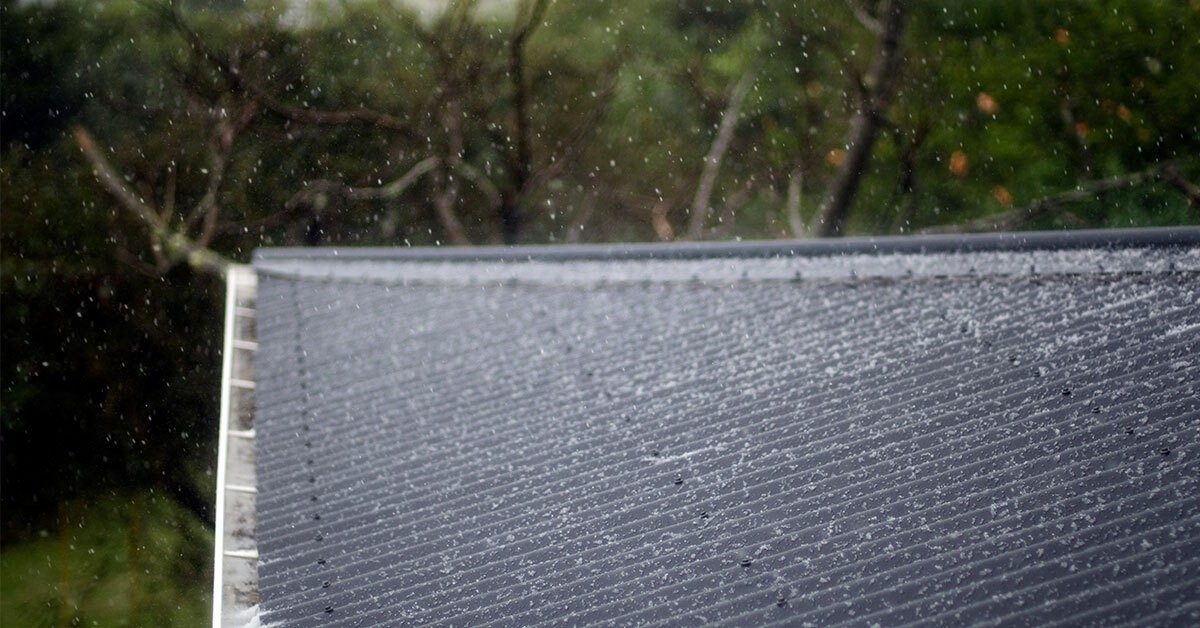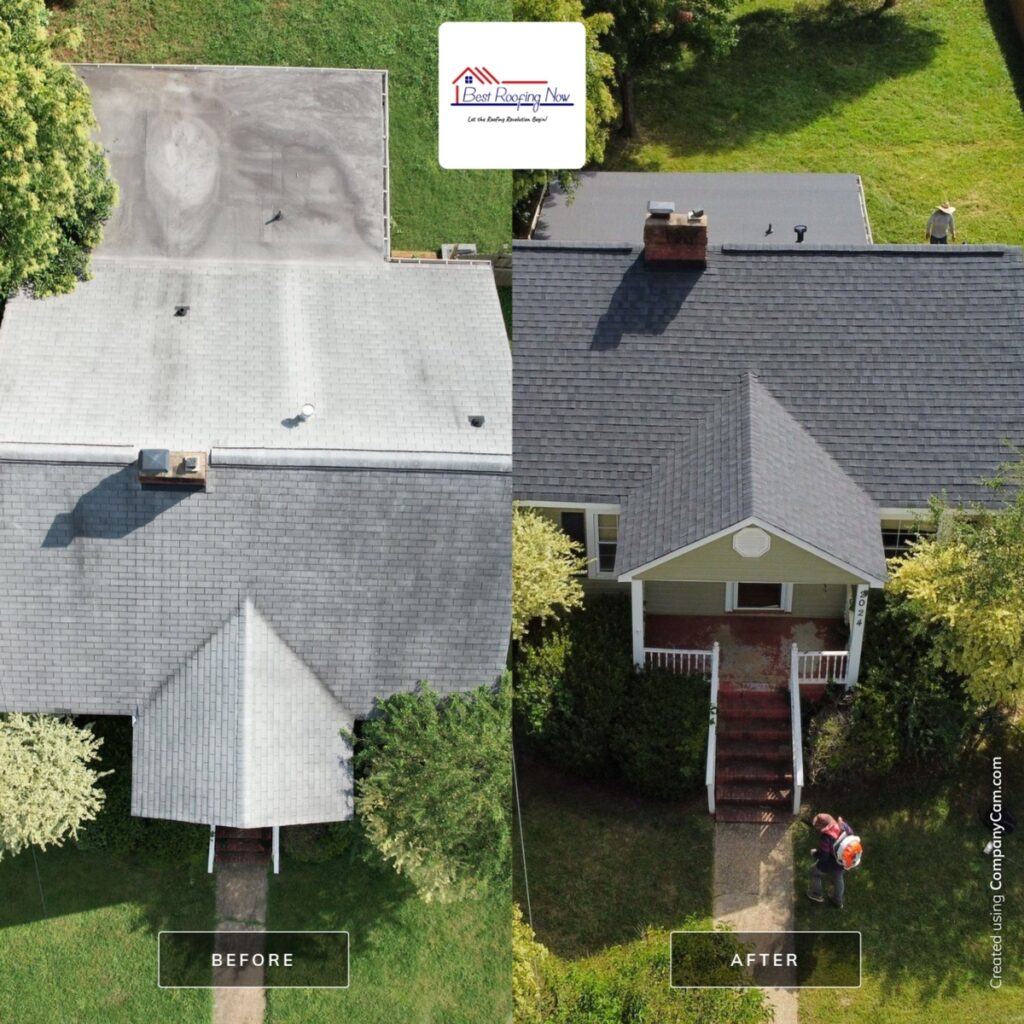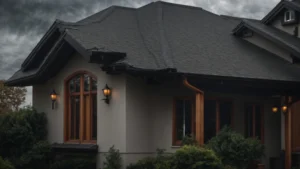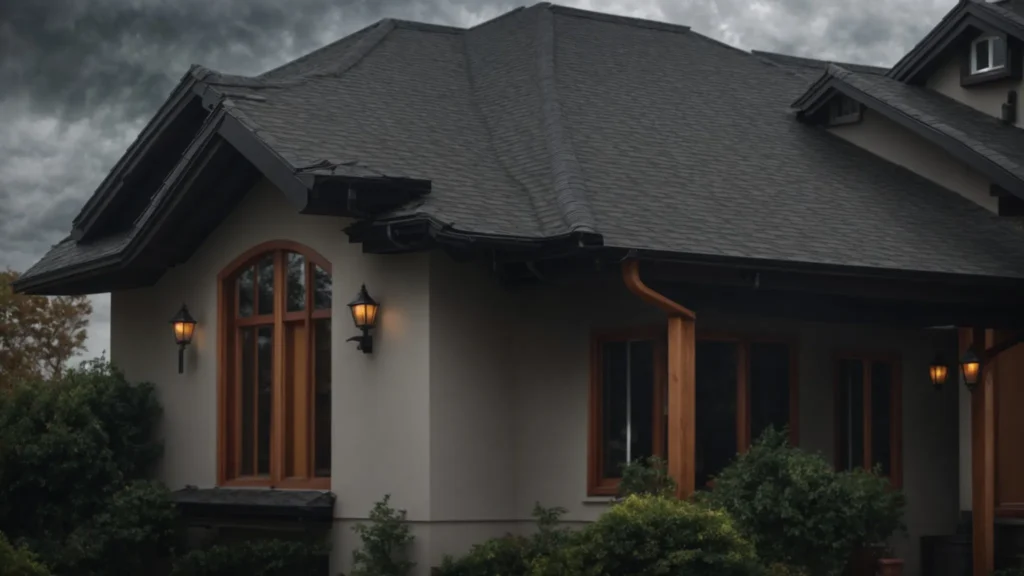Blog Post – Roofing Material Selection
Choosing the right roofing materials for your home is not just about aesthetics—it’s about making a decision that will protect your investment, enhance your home’s curb appeal, and stand up to the elements. With so many options, from the popular asphalt shingles to the durable elegance of slate, it can be overwhelming to know where to start. Understanding the unique benefits and drawbacks of each material, tailored to your specific climate and budget, is crucial for making an informed choice that suits your lifestyle. In this guide, we’ll demystify the roofing selection process, helping you navigate through the choices with ease and confidence. Whether you’re renovating or building anew, let’s find the perfect roofing solution that will keep your home safe and stylish for years to come.
Understanding Roofing Material Choices
When it comes to selecting the right roofing material for your home, it’s crucial to understand the various options available and the factors that influence your decision. Let’s explore the key considerations and common materials to help you make an informed choice.
Factors Influencing Roofing Materials
Choosing the right roofing material involves considering several important factors. Climate plays a significant role, as different materials perform better in specific weather conditions.
Your budget is another crucial consideration. While some materials may have a higher upfront cost, they could prove more cost-effective in the long run due to their durability and longevity.
Aesthetic appeal is also important. Your roof contributes significantly to your home’s curb appeal, so choose a material that complements your home’s architectural style.
Lastly, consider the weight of the material and your roof’s structural capacity. Some materials, like slate, are heavier and may require additional support.
Pros and Cons of Common Materials
Asphalt shingles are popular due to their affordability and ease of installation. They come in various colors and styles, making them versatile for different home designs. However, they have a shorter lifespan compared to other materials.
Metal roofing offers excellent durability and energy efficiency. It can last up to 50 years or more with proper maintenance. The downside is its higher initial cost and potential for noise during rain or hailstorms.
Tile and slate roofing provide a distinctive look and exceptional longevity, often lasting over a century. They’re fire-resistant and environmentally friendly. However, they’re among the most expensive options and require specialized installation due to their weight.
Wood shakes offer a natural, rustic appeal and good insulation properties. They’re eco-friendly but require regular maintenance and have lower fire resistance compared to other materials.
Comparing Popular Roofing Options
Now that we’ve covered the basics, let’s dive deeper into a comparison of some of the most popular roofing materials. Understanding their unique characteristics will help you make the best choice for your home.
Asphalt Shingles vs. Metal Roofs
Asphalt shingles and metal roofs are two of the most common roofing options, each with its own set of advantages and disadvantages.
Asphalt shingles are budget-friendly and easy to install, making them a popular choice for many homeowners. They come in a variety of colors and styles, allowing for customization to match your home’s aesthetic.
Metal roofs, while more expensive initially, offer superior longevity and durability. They’re resistant to extreme weather conditions and can significantly reduce energy costs due to their reflective properties.
When it comes to maintenance, metal roofs generally require less upkeep than asphalt shingles. However, asphalt shingles are easier and less expensive to repair if damage occurs.
Here’s a quick comparison table:
Feature | Asphalt Shingles | Metal Roofs |
|---|---|---|
Lifespan | 15-30 years | 40-70 years |
Cost | $$ | $$$ |
Maintenance | Moderate | Low |
Energy Efficiency | Moderate | High |
Noise | Low | Moderate to High |
Tile and Slate Roofing Advantages
Tile and slate roofing materials offer unique advantages that set them apart from other options. Both are known for their exceptional durability and longevity, often lasting a century or more with proper maintenance.
Aesthetically, tile and slate roofs provide a distinctive, high-end look that can significantly enhance your home’s curb appeal. They’re available in various colors and styles, allowing for customization to match different architectural designs.
These materials also offer excellent fire resistance and are environmentally friendly, as they’re made from natural materials. However, their weight requires a sturdy roof structure, and installation often requires specialized skills, which can increase overall costs.
Clay tiles, in particular, are excellent for hot climates due to their natural cooling properties, while slate is renowned for its elegant appearance and ability to withstand harsh weather conditions.
Making the Best Roofing Decision
After exploring various roofing materials and their characteristics, it’s time to focus on making the best decision for your specific needs. This section will guide you through the decision-making process and provide tips for a successful roof installation.
How to Choose Roofing for Your Needs
Selecting the ideal roofing material involves a careful assessment of your specific needs and circumstances. Here’s a step-by-step approach to help you make the right choice:
Assess your local climate: Consider factors like temperature extremes, rainfall, and snow load.
Evaluate your budget: Factor in both initial costs and long-term expenses, including maintenance and potential energy savings.
Consider your home’s architectural style: Choose a material that complements your home’s design and enhances its curb appeal.
Check local building codes and HOA rules: Ensure your chosen material complies with local regulations.
Think about longevity: Consider how long you plan to stay in your home and choose a material that aligns with your future plans.
Remember, the right choice balances durability, aesthetics, and cost-effectiveness for your unique situation.
Tips for a Successful Roof Installation
A successful roof installation starts with choosing a reputable contractor. Look for licensed, insured professionals with positive reviews and a portfolio of completed projects.
Timing is crucial for roof installation. Plan your project during a season with stable weather to avoid delays and potential damage during the installation process.
Proper ventilation is often overlooked but is critical for the longevity of your roof and the energy efficiency of your home. Ensure your contractor addresses ventilation needs as part of the installation process.
Lastly, understand the warranty options for both materials and workmanship. A comprehensive warranty can provide peace of mind and protect your investment for years to come.
“A good roof is the foundation of a comfortable home. Invest time in choosing the right material and installer, and you’ll reap the benefits for decades to come.” – National Roofing Contractors Association
By following these guidelines and working with trusted professionals, you can ensure a smooth roofing project that enhances your home’s protection, efficiency, and value for years to come.















